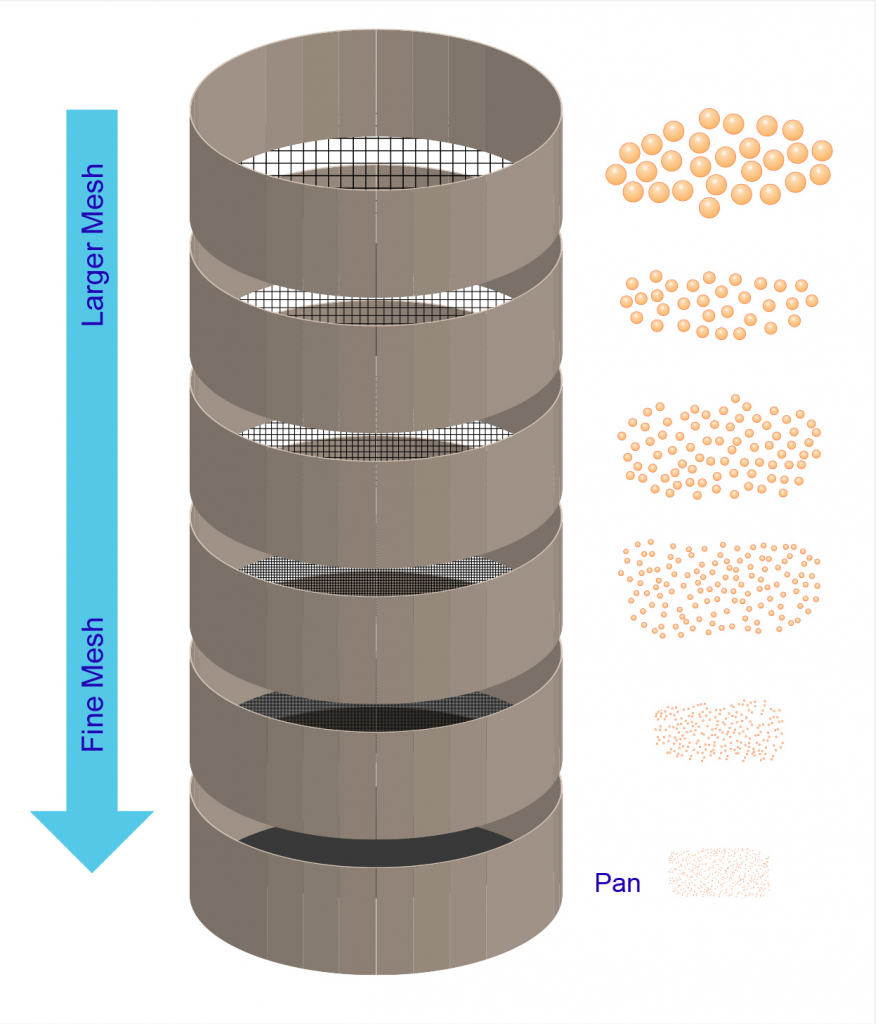This week, we want to take a second to showcase some of the work that our Feedstock team has been working on.
First, one of the major necessary tests to get the Aspen model to converge was the particle size distribution (PSD) test. This test is done on the dry product to determine the amount of different sized particles present in the feedstock. This is important because smaller particles will dry faster than larger ones. This test is conducted using sieves that separate the particles into a number of intervals that will input into Aspen as PSD data.

For the thermodynamic characterization of our feedstock, the team has chosen to utilize UF’s department of Geological Sciences to help us complete the many tests that need to be conducted. The Geological Sciences department at UF is capable of conducting all of the tests that are required for our ultimate analysis of the feedstock. This includes the characterization of carbon, hydrogen, sulfur, nitrogen, and oxygen [2]. This is done using a tool called mass spectroscopy.
References:
[1] J. Fuentes, “Understanding everything that is particle size distribution (PSD),” Engineeringness, https://engineeringness.com/understanding-particle-size-distribution-psd-importance-measurement-techniques-and-applications/ (accessed Feb. 26, 2025).
[2] “Stable isotope mass spectrometry facility,” UF Geological Sciences, https://geology.ufl.edu/research-and-facilities/facilities/stable-isotope-mass-spectrometry-facility/ (accessed Feb. 26, 2025).